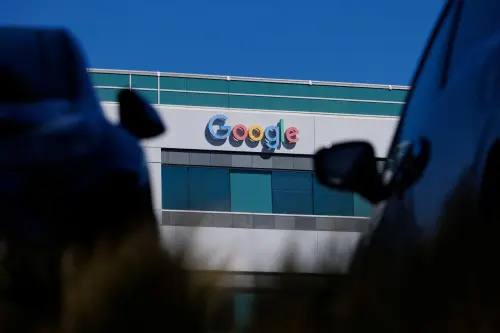It’s still too early to conclude whether last week’s DC Circuit Court opinion was the beginning of the end or the end of the beginning for the legal battle over net neutrality. On June 14, a three-judge panel of the United States Court of Appeals for the District of Columbia Circuit upheld all major parts of the Federal Communication Commission’s Open Internet Order, a victory for the FCC, the Obama Administration, and those who strongly pushed for an enforceable net neutrality regime. These groups would like nothing more than a universal acceptance of that opinion as settled law—case closed.
On the other side, major internet service providers (ISPs) and mobile services networks seem to view this ruling as only the first judicial battle in a much-longer war to come. The ISPs already have agreed to adhere to the FCC’s net neutrality principles (including no website blocking or paid prioritization of websites) as a business practice. But they continue to chafe at a new level of common-carrier regulation that the FCC has enacted with judicial approval. Mobile carriers object to being lumped into the same category as wire-based ISPs, given the distinct technical differences of mobile wireless and the long-held regulatory freedom accorded to mobile that the FCC has discarded.
ISPs, mobile carriers, and their allies must now chart a course where further appellate review reverses the current DC Circuit holding. This pathway involves persuading all the judges on the DC Circuit to hear an appeal, known as an en banc proceeding. If granted, it gives the net neutrality opponents another chance to have a federal appellate court invalidate all or part of the Open Internet Order. Under such a scenario, it is highly likely that the FCC, in response, would appeal that decision to the Supreme Court.
Alternatively, the DC Circuit may deny a full rehearing or uphold the decision of the three-judge panel, leaving the Supreme Court as the arbiter of last resort. If the plaintiffs foresee an ultimate appeal to the Supreme Court, it will be important for them to at least request an en banc review. But Supreme Court review also is discretionary, so the Supreme Court may decide to allow whatever DC Circuit decision is in place to remain. If it takes the case, the Supreme Court may not be able to render any actual decision if the vacancy created by Justice Antonin Scalia’s death remains unfilled. The likelihood of a 4-4 split raises the separate possibility that the Court would be incapable of rendering its own decision, which would give the DC Circuit the final word.
Outside of the judiciary, Congress could at any time amend the Communications Act of 1934 to prohibit the enforcement of net neutrality, or it could limit the scope of enforcement by exempting small ISPs or mobile carriers. However, there seems to be no desire of Congressional Democrats to work with their Republican counterparts on crafting a legislative solution. The current FCC, with a 3-2 Democratic split among its commissioners, also is not inclined to work with Congress on any legislative relief, especially since it now holds a favorable DC Circuit opinion in hand.
Electoral outcomes in November could change legislative prospects or further foreclose them, depending on how many House and Senate seats each party holds in the next Congress. Here, the best scenario for opponents of the new status quo would be the election of more Republicans to Congress and Donald Trump to the presidency. Unlike President Obama, President Trump might sign legislation modifying net neutrality rather than veto it with no possibility of having that veto overridden. President Trump could also appoint a new FCC Chairman, creating a Republican majority that could nullify the DC Circuit’s net neutrality decision.
But if Hillary Clinton emerges victorious instead, any legislative or FCC reversal becomes highly unlikely, since Secretary Clinton is on record as favoring the net neutrality approach of the current FCC. In turn, her election could raise the stakes for a final Supreme Court decision, which could occur two or three years from now if the appellate process runs its course and the Court returns to nine sitting justices.
In short, the complex machinery of our three-pronged federal government likely will continue to hum along with further consideration of net neutrality. As the late legal scholar Yogi Berra once noted, “It ain’t over till it’s over.”
The Brookings Institution is committed to quality, independence, and impact.
We are supported by a diverse array of funders. In line with our values and policies, each Brookings publication represents the sole views of its author(s).



Commentary
Tangled up in the legal web of net neutrality
June 21, 2016